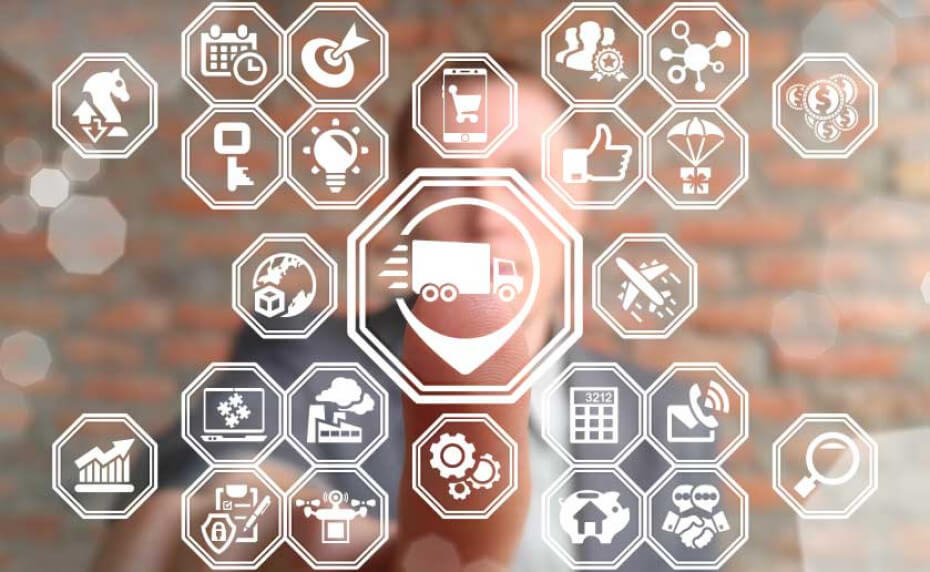
25 Jun The Impact of COVID-19 on Business Modernization
The Near & Long Term Post-COVID-19 Impact on Business Modernization
Even after lockdowns are lifted, the COVID-19 crisis has forever impacted the way the world lives, shops, communicates, and consumes content. The implications go far beyond the 70% surge in Internet use seen in March 2020. For instance, already existing business modernization trends (e.g. video conferencing, remote work, etc.) have rapidly accelerated.
Although many appear to be scrambling now, companies at any stage can begin to explore business modernization solutions that offer significant competitive advantages in the post-COVID reality.
Short Term Trends
Near term trends give us a glimpse of the future. For example, remote work solutions have proven to be effective, and they will continue to thrive beyond the need to shelter in place. In fact, the remote worker shift could be massive. From 2005 to 2015, the fraction of workers who regularly worked from home increased by about 2 to 3 percent. Now, many CFOs are planning to have large chunks (up to 50%) of their staff permanently working remotely.
Remote work is a prime example of short term factors driving accessibility and connectivity. The quality of unified communication and collaboration tools (e.g. UCaaS) has reached a level where remote work is not only sustainable, but it also offers distinct advantages, such as lower overhead costs, wider talent pools, and increased productivity.
As broadband access continues to expand globally—along with other technologies, such as cloud computing, edge computing, and 5G—the future promises to improve the experience for all users in terms of low latency and high data speed.
Long Term Vision
For businesses today, internal operational inefficiencies will remain the final bottleneck in a world where connectivity and accessibility limits disappear. The key to modernization, therefore, will focus on in-house automated solutions that accelerate even the most perfectly ordered processes.
These advances will be realized all the way to the front office with high impact, customer facing automated interactions. On the back end, this means everything from order fill to invoicing to information validation to customer data confirmation can be automated. Meanwhile, front end outreach, sales, and customer support can also be handled by robotic processes that accelerate cycles without sacrificing experience quality.
Even before COVID-19, this vision of end-to-end automation was already taking shape. Now, the long term horizon has suddenly moved in closer, and many businesses are advancing upon it quickly.
Solutions Roadmap
Business modernization strategy includes solutions that already exist and are being successfully implemented today. Still, with all the hype surrounding business technology, making sense of it remains a challenge. For this reason, transformation must start with guided observation and then be built forward.
Before deploying any new change, current operations should be fully vetted, and modern tools can assist in this evaluation. This not only detects strengths and weaknesses, but it also identifies missed opportunities. The evaluation stage should include:
- Data Visualization – Your business has massive amounts of data, but not all of it can be detected. Data visualization lets you see, understand, and interpret data from a wide variety of sources.
- Machine Learning & AI – Enables dynamic gathering and processing of data from structured sources (sensors, sales reports, CRM, ERP, etc.) and unstructured sources (emails, blogs, social media, images, text, audio, video, etc.). Today, 80% of all business data is unstructured. Algorithms automatically harvest and analyze the data to reveal hidden patterns and predict results.
- Process Mining – Specialized data mining algorithms are applied to company event logs and information systems to identify strengths, deviations, and variations. Process mining helps guide investment in improvements.
Once processes are optimized, Robotic Process Automation (RPA) accelerates & orchestrates process flow from end-to-end, organization-wide. RPA assigns repetitive tasks to robots for higher output and accuracy which shortens cycles exponentially.
Business Intelligence & Analytics
Visualizing, gathering, and organizing historical business data all enable trend analysis and the construction of predictive models. The end result is a continuous process of monitoring and improvement that adapts, in real time, to changing situations and new business drivers. Additionally, business modernization can be extended all the way out to customer interactions which can also be automated to improve sales and improve experiences.
Today, grandparents effortlessly engage in Zoom video chats with family members. The COVID-19 crisis has accelerated the timeline for digital change worldwide, and the demand for business modernization has become more urgent than ever. Are you getting up to speed?
Want to speak to a Business Modernization expert? Give us a call now.



Sorry, the comment form is closed at this time.